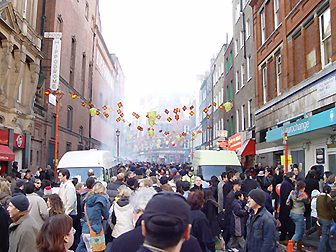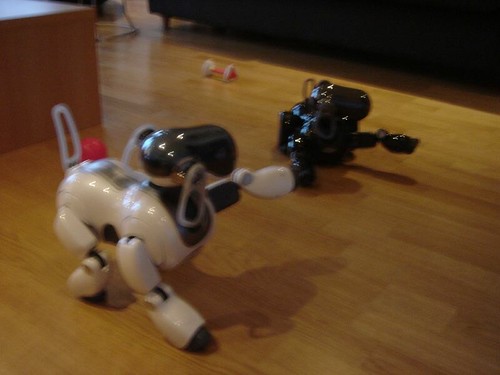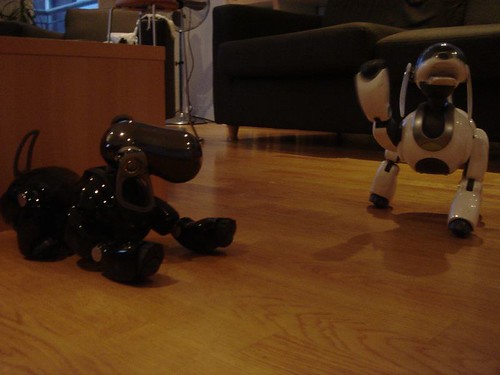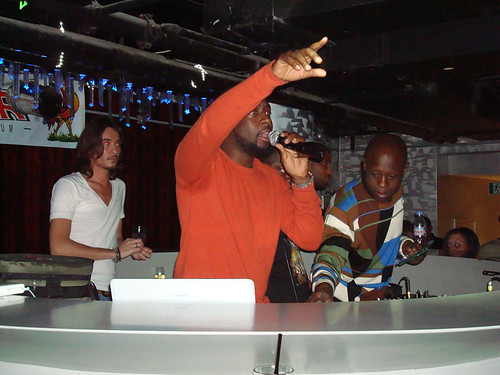Mini-DVLaunched by Sony in 1995, DV (or Mini-DV) is the most popular consumer digital video format. DV camcorders provide what is arguably the best quality of all of the home video formats, with all models possessing the capability to transfer video signals out to another device (such as a Windows or Apple Mac computer) via FireWire – also known as i.Link. An increasing number of DV camcorders also make it possible to copy edited recordings back to the DV tape in the camcorder using what is known as DV-in;
Digital-8This format was introduced by Sony in the late 1990s and uses 8mm videocassettes (as used by Video-8 or Hi-8) to record and replay a video signal identical to DV. Signals use FireWire (i.Link) to transfer a DV-specification signal out and – where appropriate – back in to the camcorder. Some Digital-8 models will enable users to insert standard analogue Video-8 and Hi-8 tape recordings and play them back, in addition to converting the signals as they are passed via FireWire to a computer for editing. Note that Digital-8 is a format that is being phased out by Sony, so consider with caution.
DVDHitachi first launched camcorders that record to 8cm DVD disks back in 2001, and several other major manufacturers soon followed suit. Like MICROMV, DVD camcorders use MPEG-2 compression prior to writing the signals to disk. One of the major problems of DVD camcorders has been the compatibility between DVD camcorders and home DVD players, though these are quickly being resolved. If you're planning to import your DVD footage into a computer for editing, you should note that editing DVD (MPEG2) compressed files is much more difficult than it is when working with a tape-based format like DV or Digital-8. Existing editing applications (as with those that are bundled with camcorders) aren't that good. However, the format is now very popular, and not everyone wishes to edit their movie projects;
HDD (Hard Disk Drive)JVC is one company that is forging ahead with its drive to make Hard Disk recording camcorders more popular and push tape and disk-based formats aside altogether. The Everio G camcorder range is a good example of camcorders - or Digital Media Cameras as they're more properly called - which uses tiny internal hard disk drives very similar to the larger HDs used in all computers. The company's GZ-MG50 model enables recording of up to 7 hours at best quality. Apple's iPod MP3 players use very similar technology and provide a similar level of interactivity with the files saved onto them. HDD camcorders save files which can then be deleted, moved and transferred just like those on your computer or iPod. They also provide much more flexibility in terms of the order in which you can produce a playlist of favourite clips when showing people your material;
Solid-StateAlso known as CardCams, these camcorders don't have any moving parts, tape, disk or otherwise. Instead, they record a compressed video stream to either a built-in memory chip or to a removeable card, such as an SD card as used in many digital still cameras. The Sanyo Xacti is an example of a Solid State camcorder. Whilst they're very handy, they're not suited to serious uses. In fact, they're pretty much a slightly higher quality equivalent of the video clips that can be shot with many modern mobile phones;
MicroDriveVery similar in the way they're used to HDD camcorders, cams that record to MicroDrives use small, removeable drive units that provide up to 4GB (Gigabytes) capacity. MicroDrives are very expensive to buy, however, and at best quality they'll only store 60 minutes of video footage. Having experimented with its Everio range that use MicroDrives, JVC is now likely to concentrate on development of HDD models;
MICROMVMICROMV is a format that was introduced by Sony with great optimism in 2001 that uses cassettes that are 70% of the size of DV cassettes which records in a format called MPEG-2, which is similar to that used in DVD disks. Although the limited number of MICROMV camcorders available contain i.Link connectors, it isn’t possible to transfer video to a computer without the use of special computer software (other than supplied by Sony with its models). Sony offers only one MICROMV model camcorder, and when that is withdrawn the format itself will be considered obsolete;
HDV and ProHDHDV stands for High Definition Video (although some refer to it as High-Def DV) and Sony's format uses standard MiniDV cassettes to record video sequences whose resolution is 1080-lines as opposed to the standard definition 625 lines (or 525 in the USA, Canada, Japan, etc). HDV is fast becoming the format of choice for those wishing to shoot professional-quality video footage, not least because it offers the choice of HDV or DV recording on a MiniDV tape. ProHD is the JVC equivalent format of HDV;
DVCAM and DVCPROThese are two formats that are based upon DV but which use a higher-specification recording system to produce pictures that are acceptable to broadcast TV channels and professional video producers. DVCAM is Sony's format, whereas DVCPRO is a format that was pioneered by Panasonic.
 creepy zombie horror film looking for backing. I hope to see it on the screen one day. Dog Soldiers meets Rogue Trooper meets nationalistic paranoia.
creepy zombie horror film looking for backing. I hope to see it on the screen one day. Dog Soldiers meets Rogue Trooper meets nationalistic paranoia.






